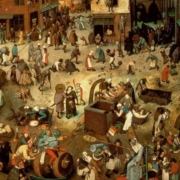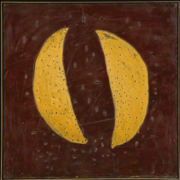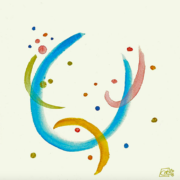Building a course of therapeutic treatment
Abstract
The author offers a reflection on the internal/external dialectic dynamic as a central element in the organisation of the therapeutic community’s task. This dialectic regards the psychic and relational life of patients who, upon admittance to the community, distance themselves from the healthy or pathological objects of investment that have accompanied them to that point and enter a new context of treatment and relations. In this passage they also carry within themselves their own psychic and relational styles, proceed by trial and error in the attempt to either keep these alive or else try out new ways of being in the world. Communities also experience the tension between the social exterior, with its rules and contradictions–at times so pivotal to the development of a psychopathology, as in cases of anorexia and personality disorder–and its own inner organisation, which must be capable of maintaining stability and coherence in order to ensure its therapeutic function. The function of containment and of institutional container is strongly underscored as a fundamental element, with the suggestion that the boundaries of the community should be built in such a way as to guarantee a sort of semi-permeability that works as an antidote for both self-referential tendencies as well as for excessive infiltration from the outside that would hamper it in its task of providing new conditions for its guests’ resumption of their evolutionary journey. The liberating use of aggressiveness is another theme on which the author dwells in the conviction that often the emergence of aggressiveness in patients is considered solely a negative element, while instead it can be a precursor to receptivity to new resources and developments. This happens because the sheer complexity of managing aggressiveness and its transformation into determination and security nullifies it in service of the community’s “normopathic” functioning.






